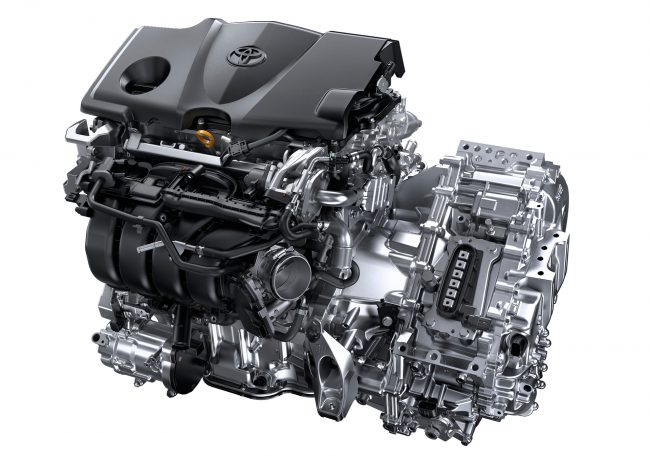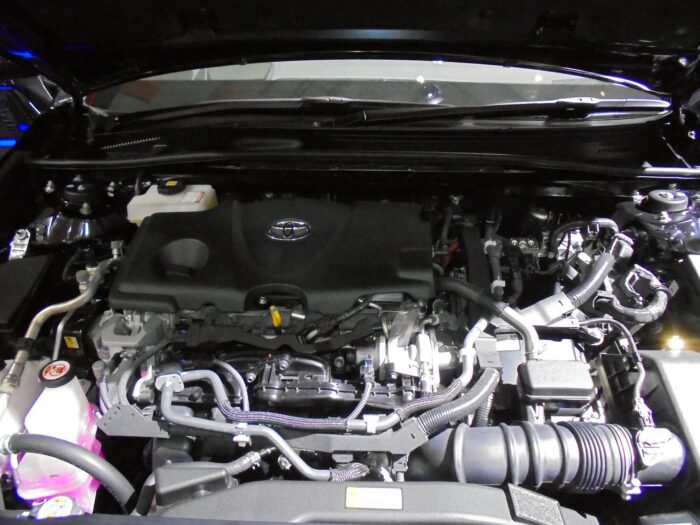Toyota Motors has been producing the 2.5-liter A25A-FXS hybrid engine since 2017, and it is available on a variety of their models, such as the Avalon, Camry, RAV4, Highlander, Lexus NX350h and RX350h. In addition to the A25A-FXS model, this series also includes the A25A-FKS and three different versions available in the Chinese market – the A25B-FXS, A25D-FXS and A25F-FXS. All models from this collection boast powerful performance, reduced fuel consumption compared to traditional combustion engines and minimal CO2 emission levels. Combining modern technology with efficient mechanics, Toyota’s 2.5 liter hybrid engine makes for a great choice when it comes to sustainable motoring.
Engine specifications for Toyota A25A-FXS 2.5 Hybrid
| Displacement | 2487 cc |
| Power system | D4-S combined injection |
| Engine power | 174 – 189 hp |
| Torque | 219 – 237 Nm |
| Cylinder block | Aluminum R4 |
| Cylinder head | Aluminum 16v |
| Cylinder diameter | 87.5 mm |
| Stroke | 103.4 mm |
| Compression ratio | 14.0 |
| Engine features | Miller Cycle |
| Hydraulic compensators | Yes |
| Timing Chain/Belt | Chain |
| Variable Valve Timing (VVT) | VVT-iE + VVT-i |
| Turbocharger | No |
| Oil capacity/Recommended oil | 4.5 l 0W-20 |
| Fuel type | Medium/Plus |
| Euro class | EURO 6 |
| Average lifespan | 250 000 km |
Engine number A25A-FXS located on the cylinder block

Fuel consumption Toyota A25A-FXS
The Toyota Highlander 2022 with automatic transmission as an example:
| City | 6.7 l/100km |
| Highway | 6.3 l/100km |
| Combined | 6.5 l/100km |

What cars use the A25A-FXS 2.5 l engine
| Avalon 5 (XX50) | 2018 – … |
| Camry 8 (XV70) | 2017 – … |
| Crown 15 (S220) | 2018 – … |
| Harrier 4 (XU80) | 2020 – … |
| Highlander 4 (XU70) | 2019 – … |
| RAV4 5 (XA50) | 2018 – … |
| Sienna 4 (XL40) | 2020 – … |
| Venza 2 (XU80) | 2020 – … |
| ES300h 7 (XZ10) | 2018 – … |
| NX350h 2 (AZ20) | 2021 – … |
| RX350h 5 (AL30) | 2022 – … |
Problems & disadvantages of the A25A-FXS
- This hybrid engine is new, and its failure statistics are minimal
- Like all D-4S injectors it is quite picky about the quality of gasoline
- All Dynamic Force engines are known for leaking coolant in the EGR
- This exchanger could crack and the antifreeze could leak into the combustion chambers.
- Closer to 100,000 km, the EGR system becomes blocked by deposits and finally seizes up
0 Comments